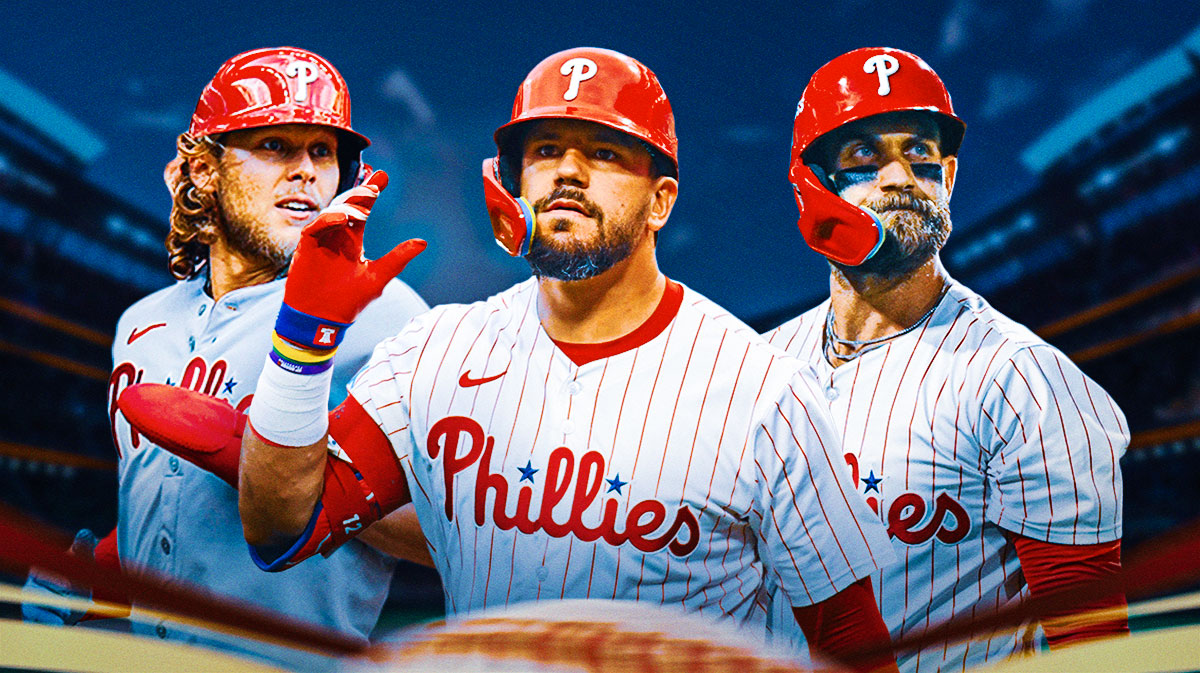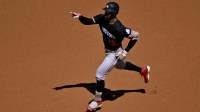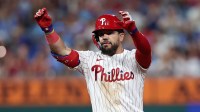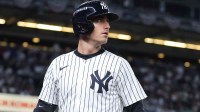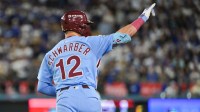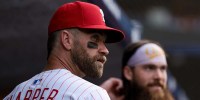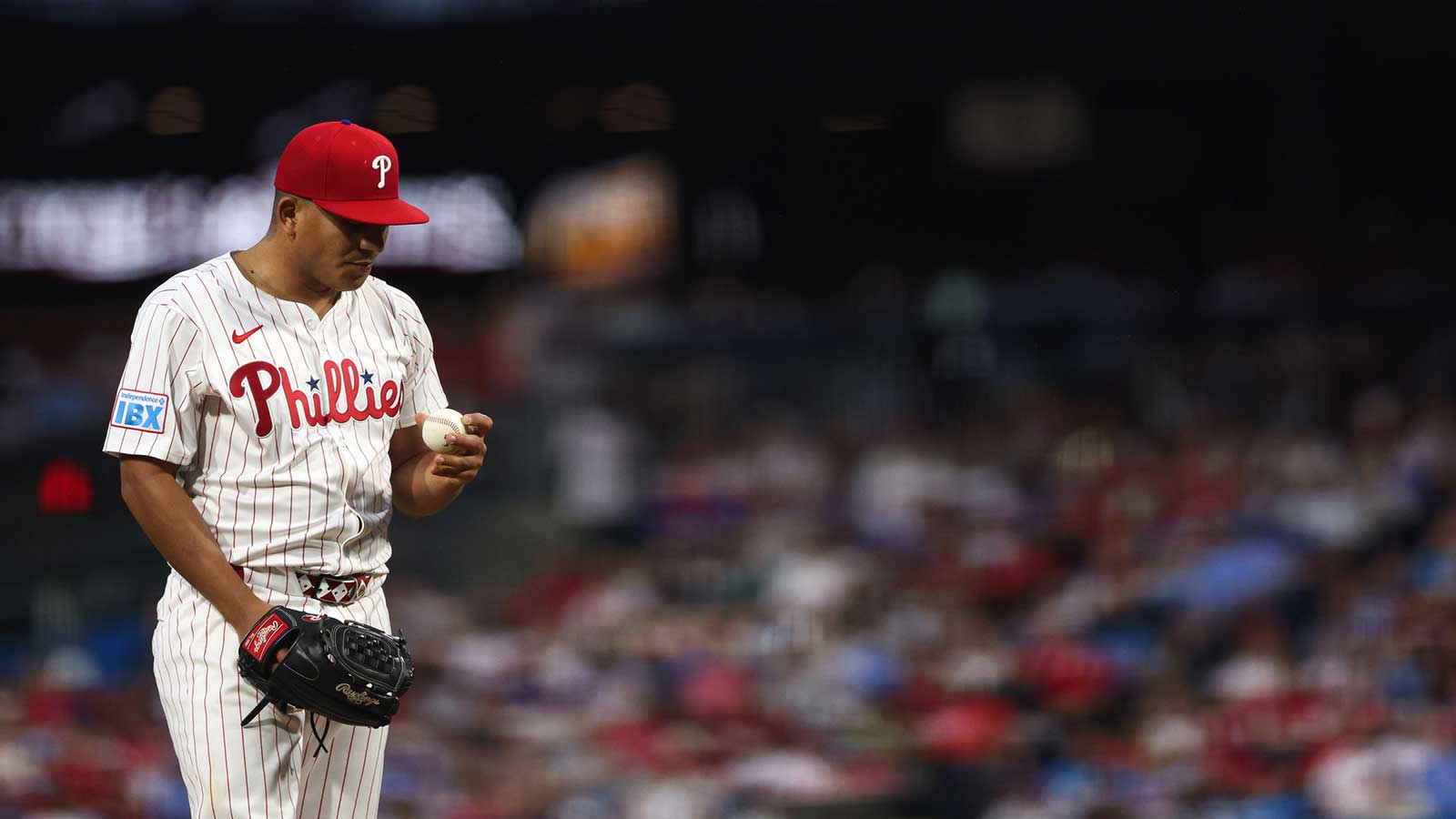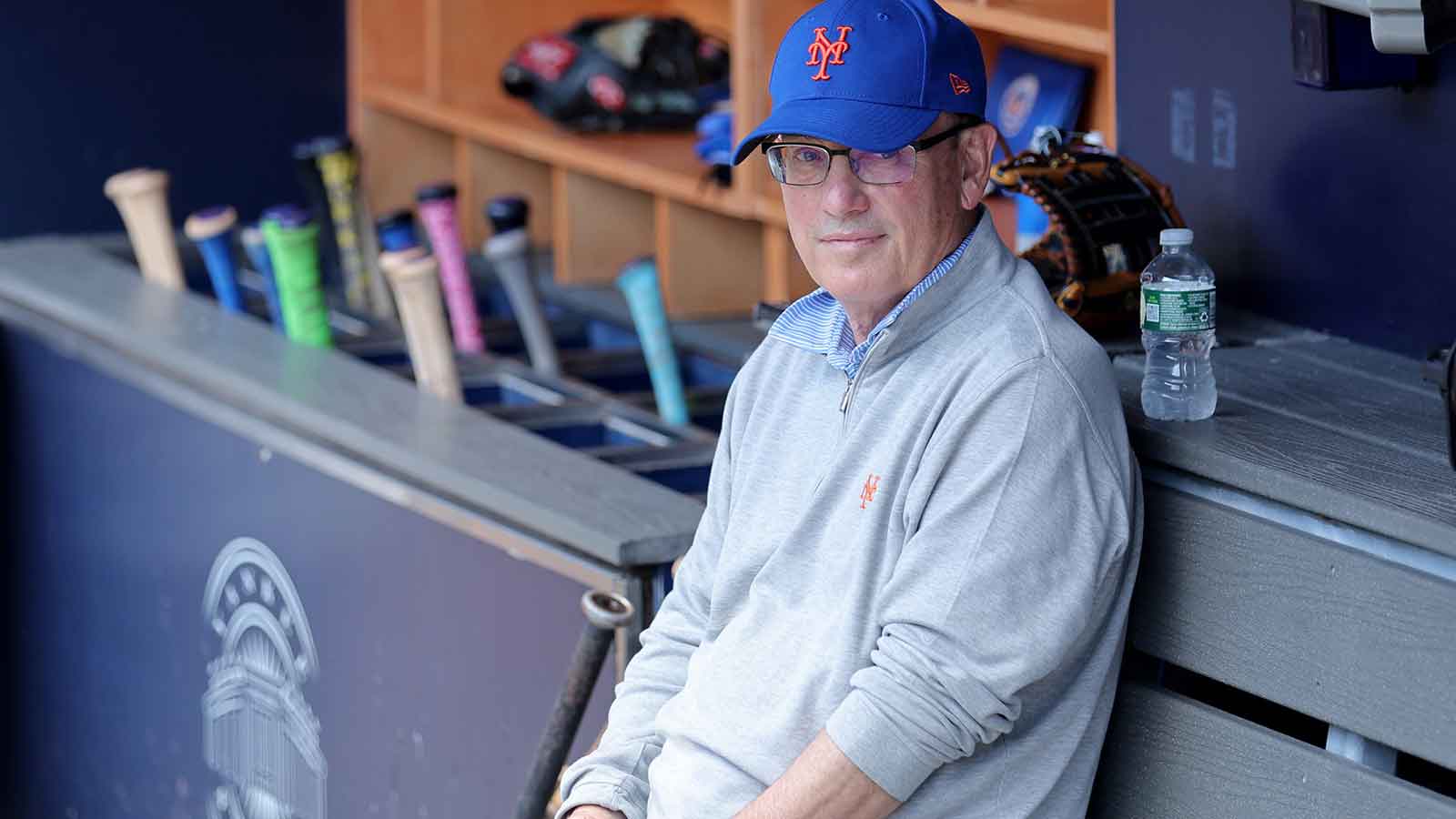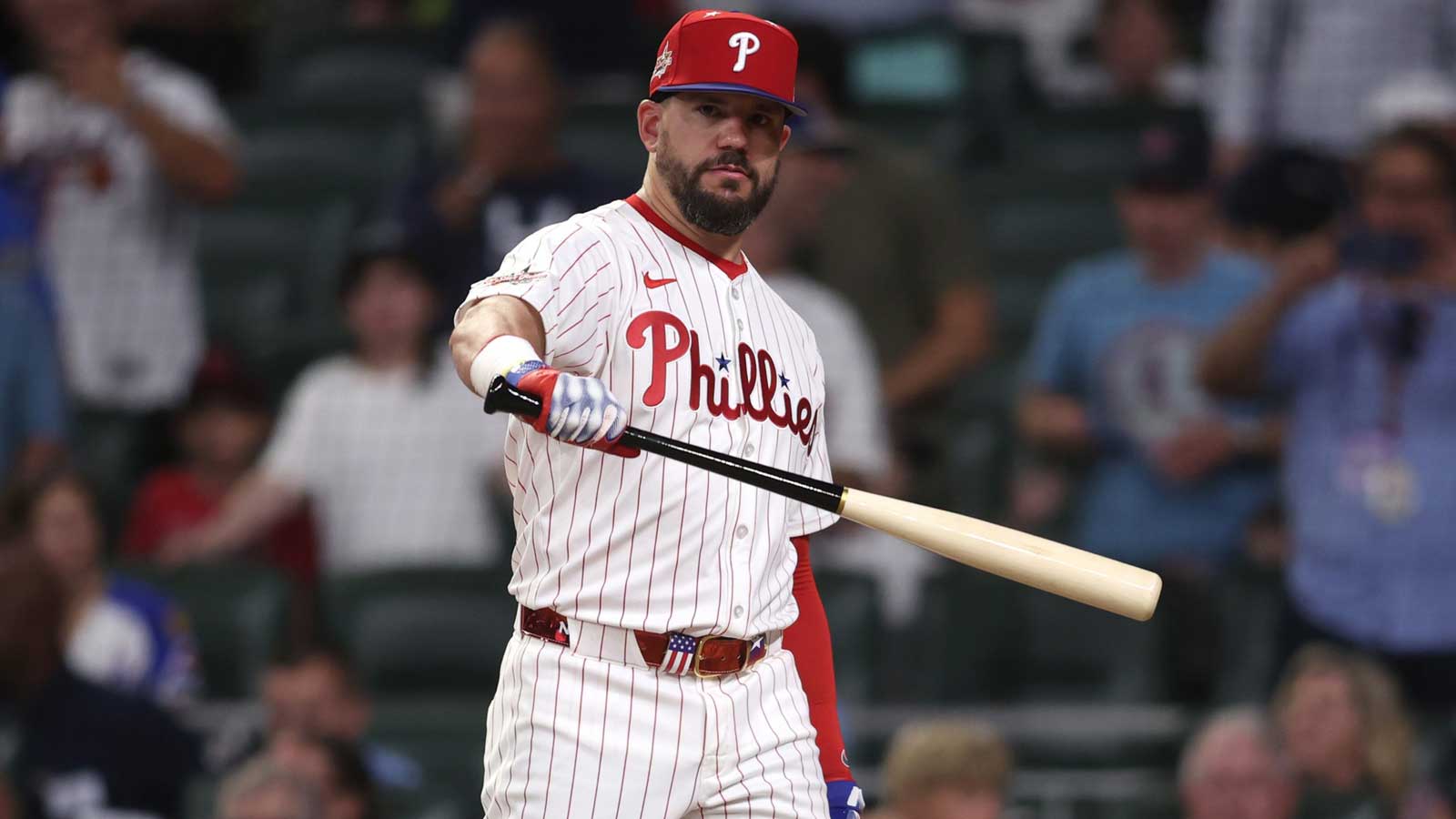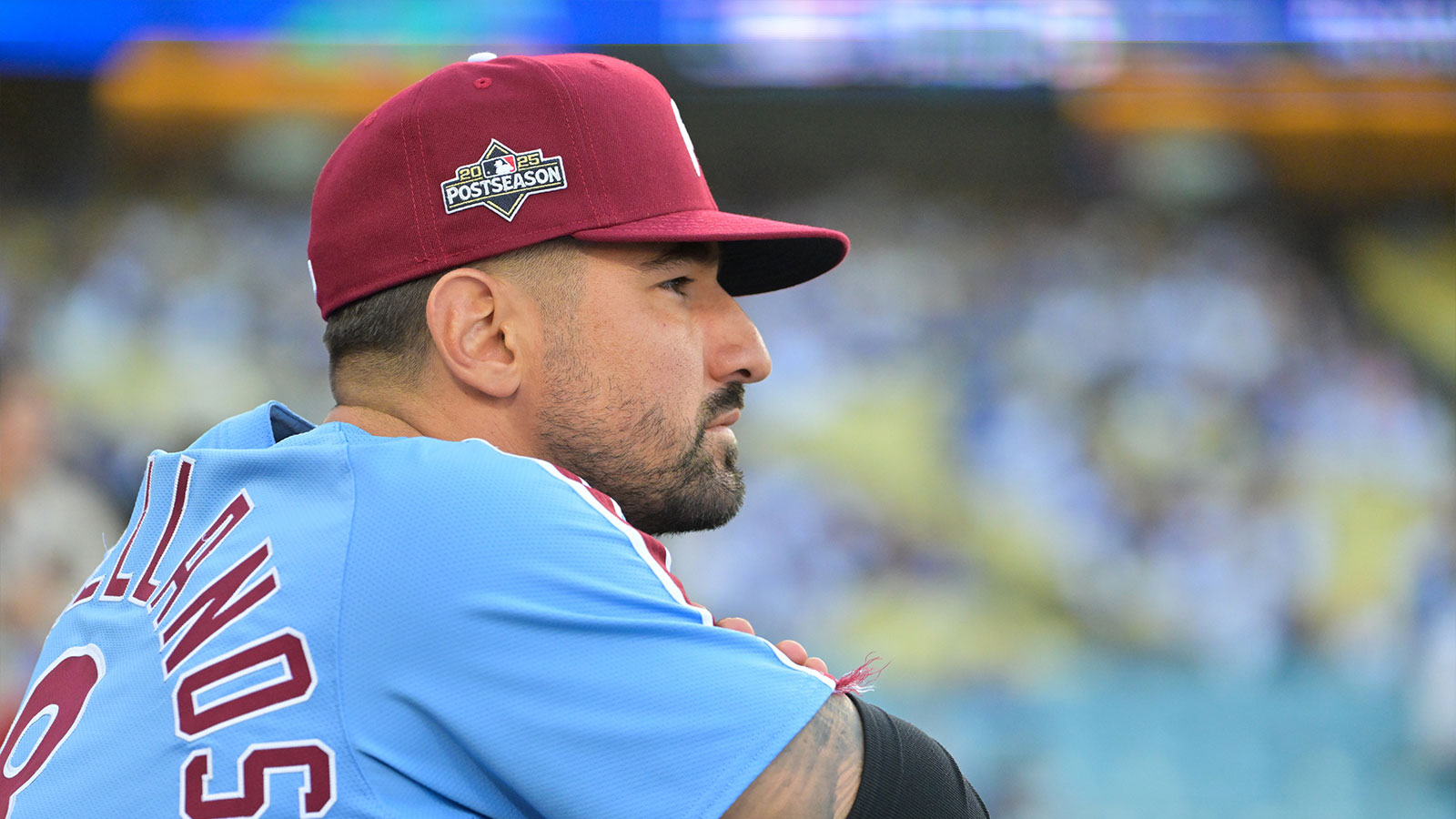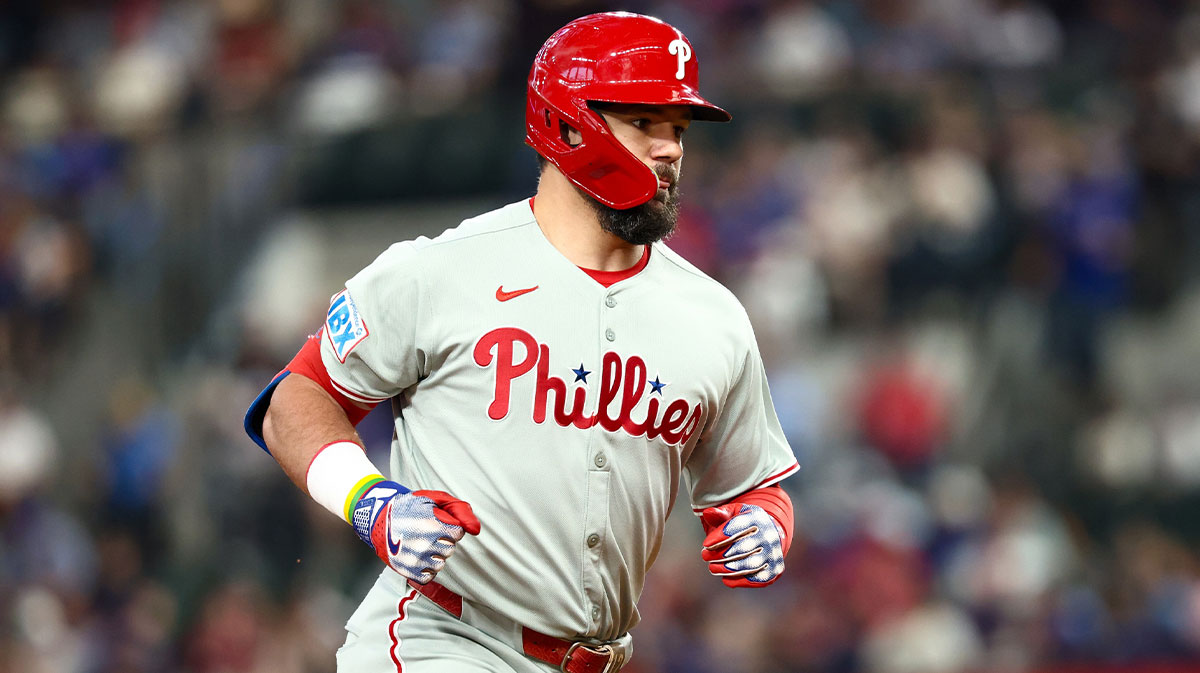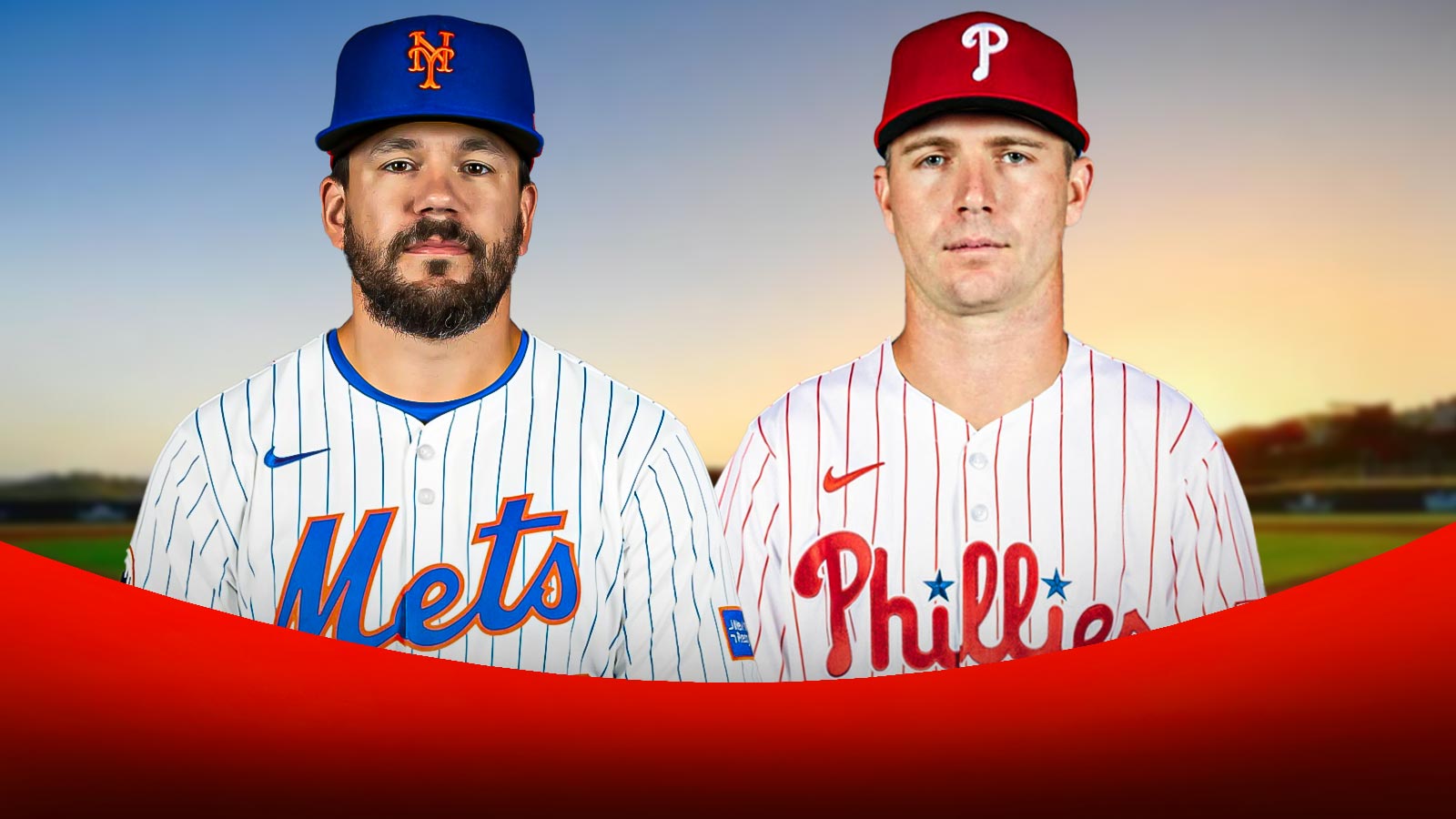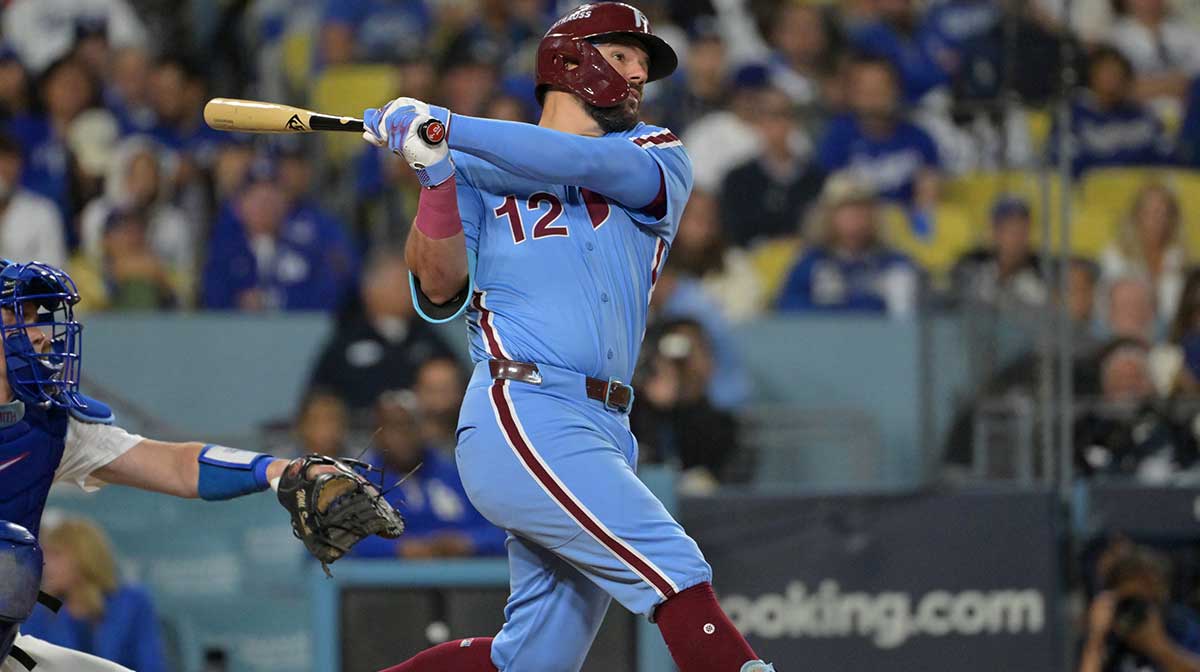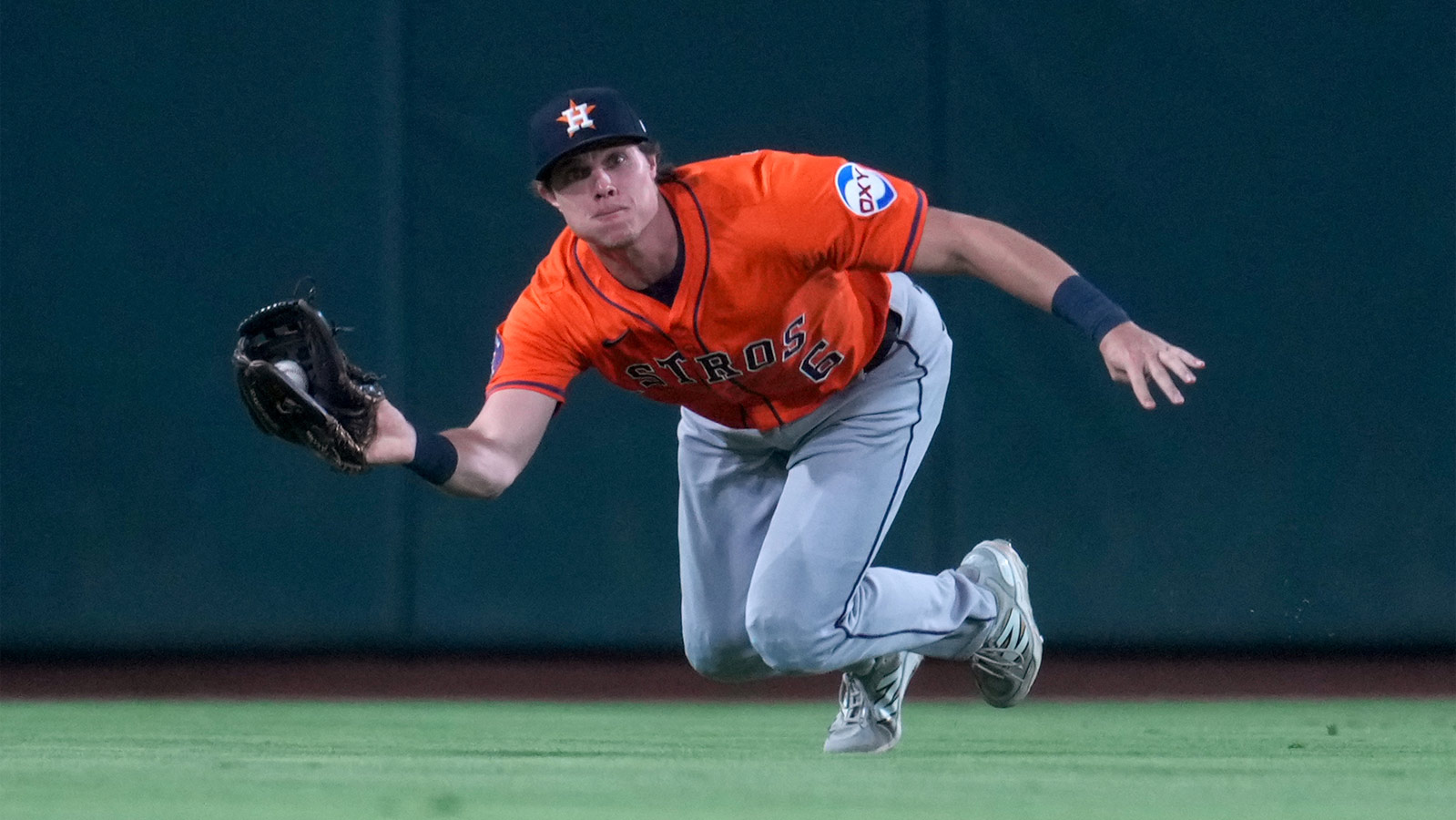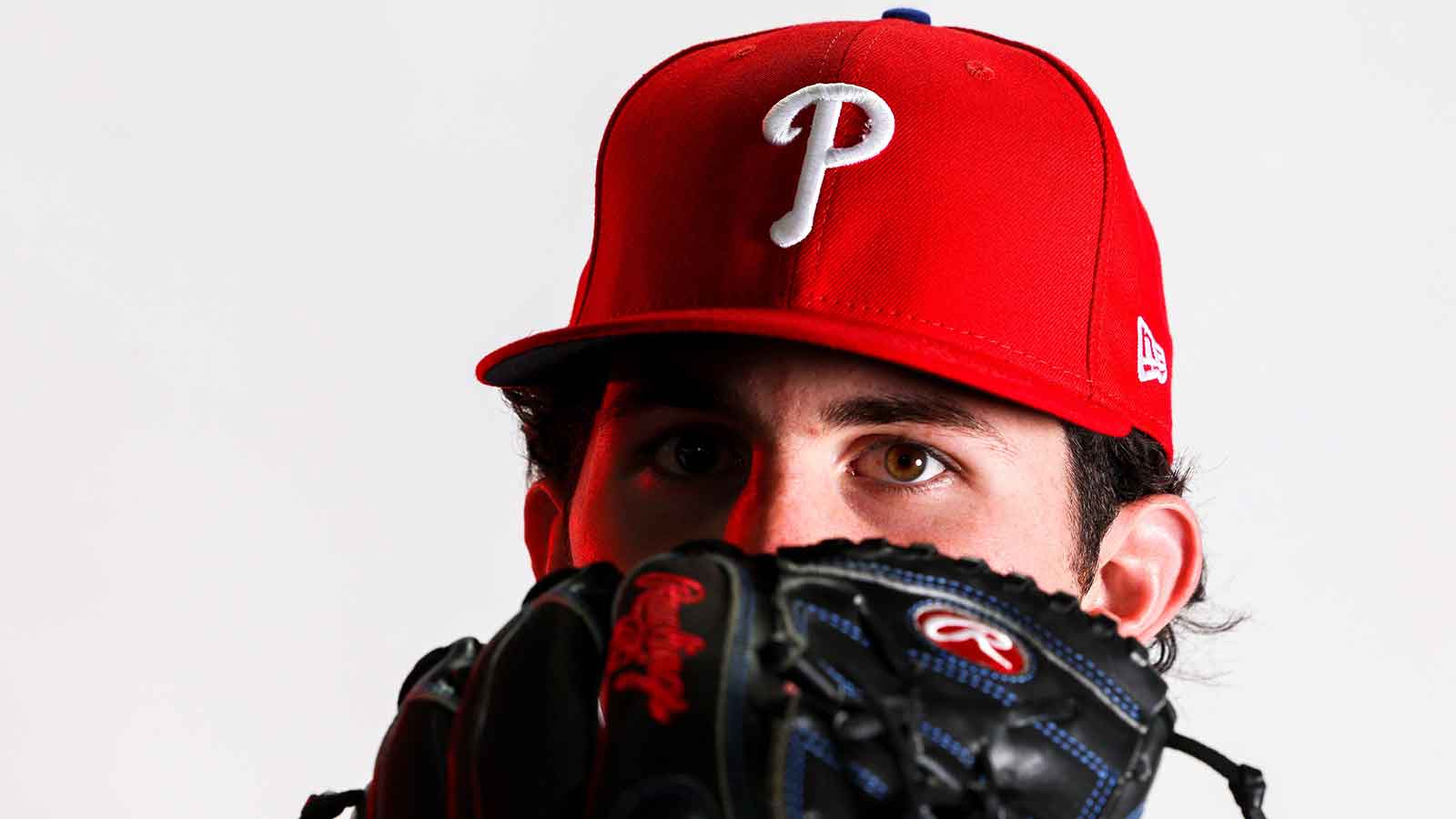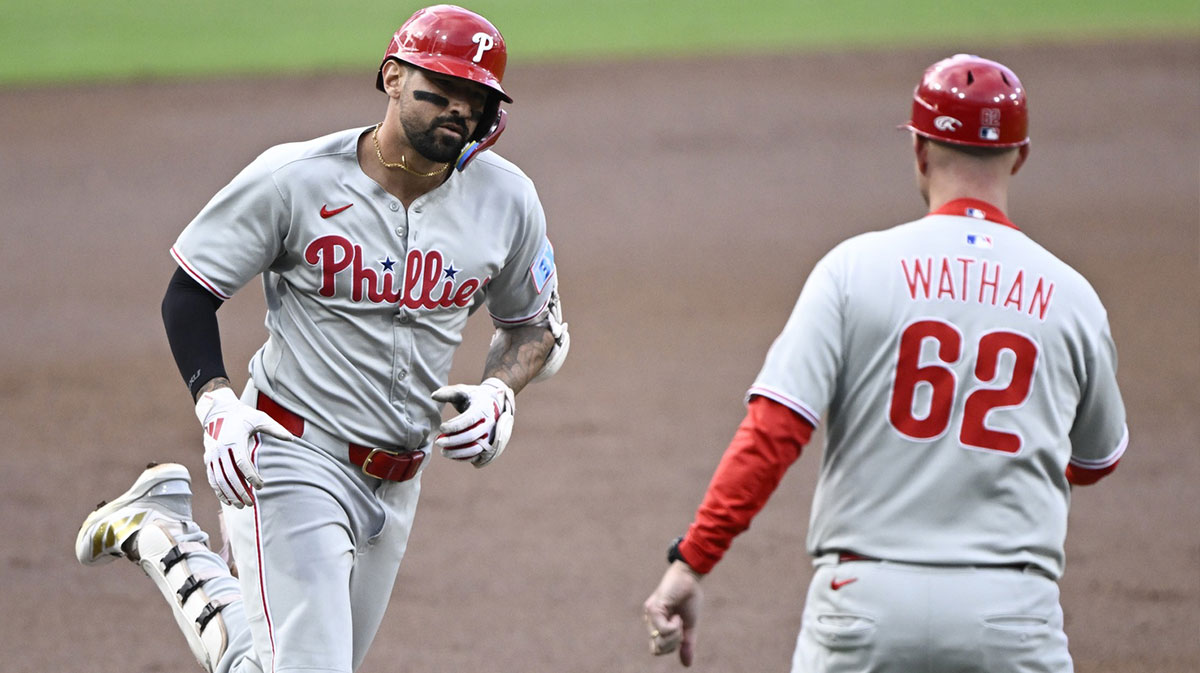The Philadelphia Phillies find themselves staring at elimination after dropping the first two games of the NLDS at home to the Los Angeles Dodgers. Down 2-0 in a best-of-five series, the Phillies face daunting odds – historically, teams with a 2-0 lead in Division Series win 80 of 90 times (88.9%). However, the 2017 Yankees proved it's possible, coming back from an identical deficit against Cleveland in the ALDS. With their backs against the wall and Game 3 looming at Dodger Stadium, here's what the Phillies must do to avoid elimination and stage an improbable comeback.
Wake Up the Big Three at the Top of the Order
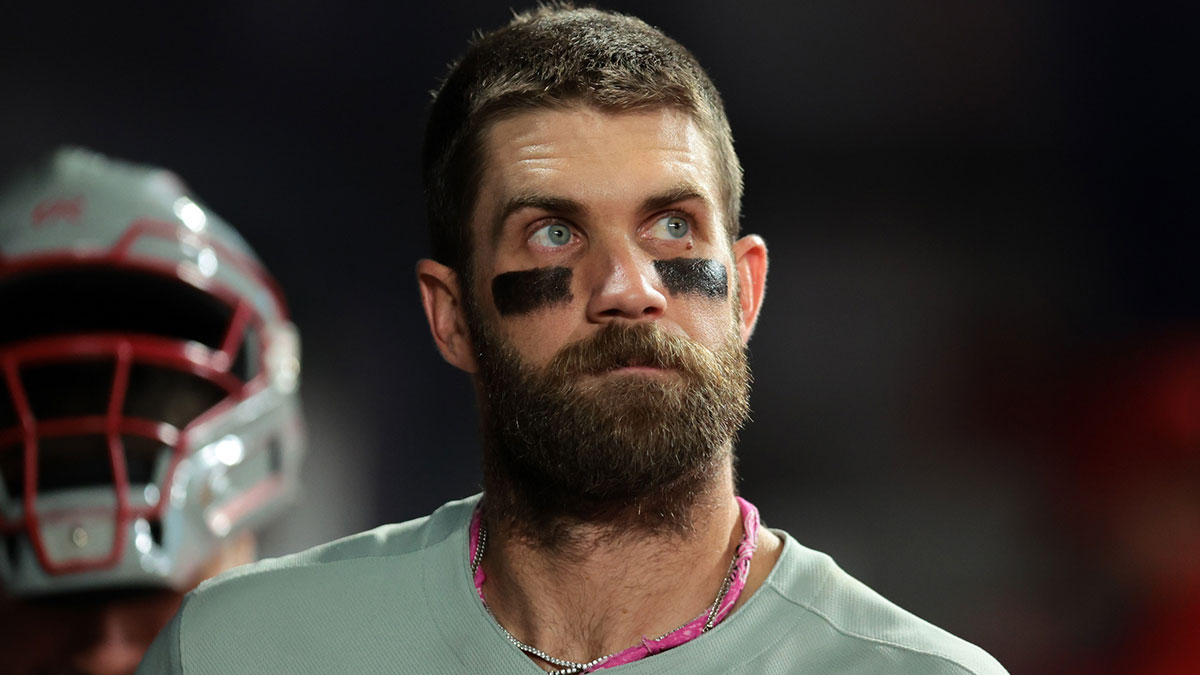
The Phillies' championship hopes rest squarely on the shoulders of Trea Turner, Kyle Schwarber, and Bryce Harper – three players earning a combined $709 million in contracts who have gone ice cold when it matters most. Through two games, this trio has managed just 2 hits in 21 at-bats with 11 strikeouts, posting a dismal .095 batting average.
Schwarber, who led the National League with 56 home runs and 132 RBIs during the regular season, remains hitless in the series and has now gone 0-for-21 with 13 strikeouts dating back to his last six games. Turner, despite battling back from injury, has managed just one hit while Harper sits at a .143 average with three strikeouts. Manager Rob Thomson's assessment is telling: “I think those guys are trying to do too much right now. Instead of just being themselves and looking for base hits and the power will come”.
The statistics reveal an alarming trend extending beyond this series. Since the 2023 NLCS against Arizona, Turner is 6-for-41, Harper is 7-for-35, and Schwarber is 7-for-38 – a combined .175 batting average in their last 114 postseason at-bats. This offensive drought has coincided with Philadelphia's struggles, as they're 11-0 in postseason games when Harper homers but just 1-9 when he doesn't since the start of the 2023 NLCS.
For Game 3, these players must simplify their approach against Dodgers ace Yoshinobu Yamamoto. Rather than swinging for the fences, they need to focus on working quality at-bats, getting on base, and trusting their natural abilities. The Phillies desperately need their highest-paid players to justify their contracts when the stakes are highest.
Fix the Bullpen Meltdown Problem
The Phillies' relief corps has become their Achilles' heel, squandering quality starts from Cristopher Sanchez and Jesus Luzardo in both games. In Game 1, Sanchez delivered 5.2 solid innings with a 3-2 lead, only to watch David Robertson allow the first two batters to reach base in the seventh before Matt Strahm surrendered a crushing three-run homer to Teoscar Hernandez.
LAD – Teoscar Hernández 3-run HR (3)
🏆🍁 NLDS Game 1 🍁🏆📏 394 ft | 💨 102.9 mph | 📐 36°
⚾️ 91.8 mph four-seam fastball (PHI – LHP Matt Strahm)
🏟️ Out in 23/30 MLB parksLAD (5) @ PHI (3)
🔺 7th#LetsGoDodgers #Postseason pic.twitter.com/eCkB5CjCVl— MLB Home Runs🚀 (@MLBHRs_) October 5, 2025
Game 2 followed a similar script. Luzardo pitched brilliantly, retiring 17 consecutive Dodgers batters at one point and keeping the game scoreless into the seventh. However, once again the bullpen faltered when it mattered most. Orion Kerkering struggled in a high-pressure situation, quickly losing the shutout, and Strahm allowed an RBI single to Shohei Ohtani that extended the Dodgers' lead to 4-0.
The bullpen's inability to hold leads has prevented closer Jhoan Duran, acquired from Minnesota specifically for these moments, from even entering games in save situations. With Aaron Nola starting Game 3 and his recent struggles (6.01 ERA this season), the Phillies may need to rely heavily on their relief pitchers once again.
Thomson must be more aggressive with his bullpen management, potentially using Ranger Suarez out of the bullpen earlier in games rather than saving him as a piggyback option. The manager's conservative approach has backfired, and with elimination on the line, he needs to deploy his best arms in the highest-leverage situations, regardless of traditional roles.
Capitalize on Scoring Opportunities with Timely Hitting
The Phillies have been their own worst enemy when it comes to clutch hitting, going just 3-for-14 with runners in scoring position through two games. Time and again, they've loaded the bases or put runners in prime scoring position only to come up empty when a big hit would change the complexion of the game.
In Game 1, the eighth inning epitomized their struggles. After Turner walked and Harper singled, Alec Bohm walked to load the bases with one out. With the meat of their order at the plate, pinch-hitter Edmundo Sosa flew out weakly to center field, killing the rally. Game 2 provided even more frustrating examples – they had runners on second and third with no outs in the sixth inning against Blake Snell but couldn't scratch across a single run.
The Phillies have managed just one run through the first seven and a half innings in each game, putting immense pressure on their pitching staff to be perfect. Their approach at the plate has been overly aggressive early in counts and too passive in favorable hitting situations. Against Snell in Game 2, they swung and missed 23 times, including 13 whiffs in just the first three innings.
For Game 3 against Yamamoto, who struck out 201 batters this season with an opponent batting average of .183, the Phillies must be more selective and patient. They need to work deeper counts, force Yamamoto to throw strikes, and jump on mistakes when they get them. Most importantly, they must embrace a “next man up” mentality where each at-bat with runners in scoring position becomes a team-wide responsibility rather than individual heroics.
The Phillies' season hangs in the balance, and while history suggests their chances are slim, baseball has shown that momentum can shift quickly in a short series. They have the talent to mount a comeback, but it will require their stars to perform, their bullpen to hold leads, and timely hitting throughout the lineup. Game 3 at Dodger Stadium represents their last realistic chance to change the narrative of this series.

